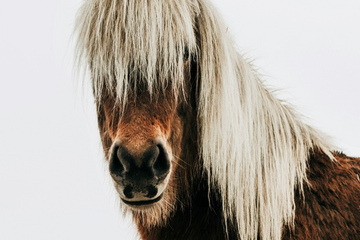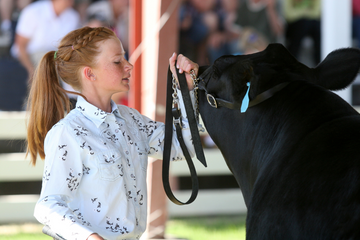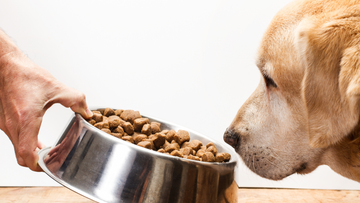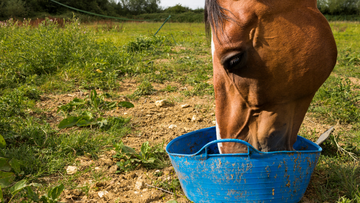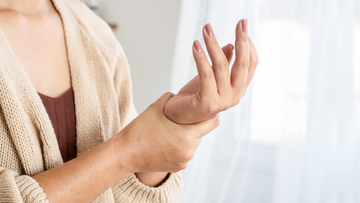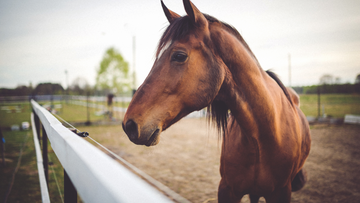What is Kinesiology Tape?
Kinesiology tape, or Kt tape, is a medical supply used by doctors, veterinarians, and physical therapists to improve many ailments and issues. All in all, the ailments kinesiology tape improves are acute and chronic.
Is Kinesiology Tape Safe for Horses?
Kinesiology tape is a skin-safe body tape that can support joints and muscles under strain or pressure. It can aid healing in the circulatory and lymphatic systems by appropriately positioning portions of the body.
Why Should I Use Kinesiology Tape on My Horse?
The benefits of using kinesiology tape are well-reported for humans and horses. Kinesiology tape can help your horse heal and feel more comfortable at a reduced cost. With such promising results, veterinarians have designed specific equine kinesiology tapes. Altogether, the investment is low to improve your horse’s quality of life.
You can apply kinesiology tape all over your horse’s body to his joints, back, and belly. All locations will disburse the tension of the body along the tape.
What Ailments Will Kinesiology Tape Improve?
 Equine kinesiology tape can improve several ailments for your horse. The tape can reduce pain and muscle tension, increase blood and lymphatic circulation, and increase proprioceptive senses.
Equine kinesiology tape can improve several ailments for your horse. The tape can reduce pain and muscle tension, increase blood and lymphatic circulation, and increase proprioceptive senses.
When placed appropriately, kinesiology tape will increase blood flow for injuries to heal. It can also reduce pain in joints and muscles. The proper placement will allow atrophied muscles to grow.
Overall, the ailments that kinesiology tape can treat are:
- Joint injuries or chronic issues
- Tendon or ligament injuries or chronic issues
- Fascia Limitations
- Swelling
- Muscle Atrophy
- Muscle Tightness or Tension
- Proprioception
Additionally, tape applied along your horse's back can help relieve pain from sore joints or muscles from the saddle.
Types of Equine Kinesiology Taping Practices
Muscle Taping
Muscle taping aligns the kinesiology tape with the muscle to the insertion point. Overall, the intent is to support the muscle in its natural movement. It can support muscles in need of rest and activate atrophied muscles.
Lymphatic and Circulatory Taping
You should apply the tape in a weaving pattern over a large area to improve circulation. Not only will this improve circulation, but it will also reduce swelling and pain.
Tendon and Suspensory Taping
Taping the tendons will adjust the tendon to the proper location. Circulation will improve, and hopefully, pain and swelling. Placing tape along the legs will relieve pressure and fight gravity.
Other Types of Taping
There are other ailments that taping practices will improve. Because of the increased circulation, taping can treat scars and smooth skin. For this same reason, deep bruising and hematomas will respond appropriately to kinesiology tape.
For our elderly and athletic horses, kinesiology tape can stabilize weak or injured joints.
Can I Learn to Tape My Own Horse?
Using equine kinesiology tape is certainly a skill. There is a science to it. However, that means you can learn it. There are many videos and courses available for you to learn proper taping techniques. For a comprehensive horse owner’s course on kinesiology taping, we recommend Holistic Animal Studies.
This course covers kinesiology taping for specific equine conditions. Thankfully, kinesiology tape is forgiving, and you can adjust the tape as you practice.







